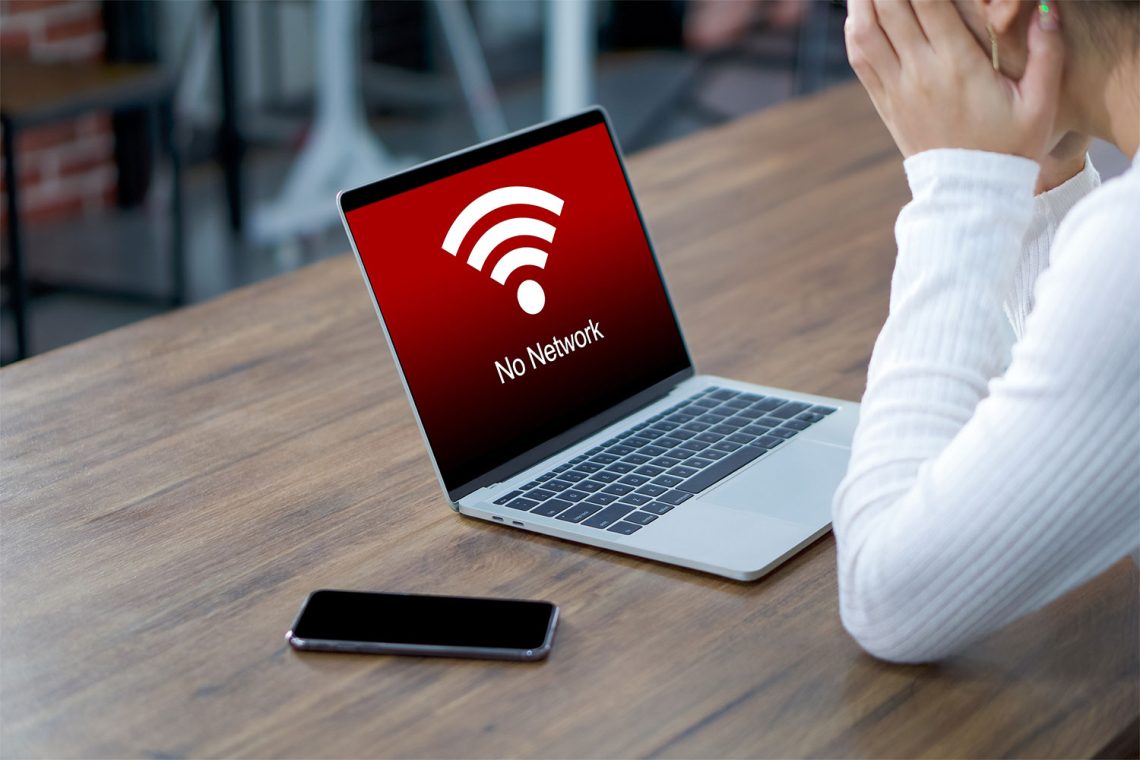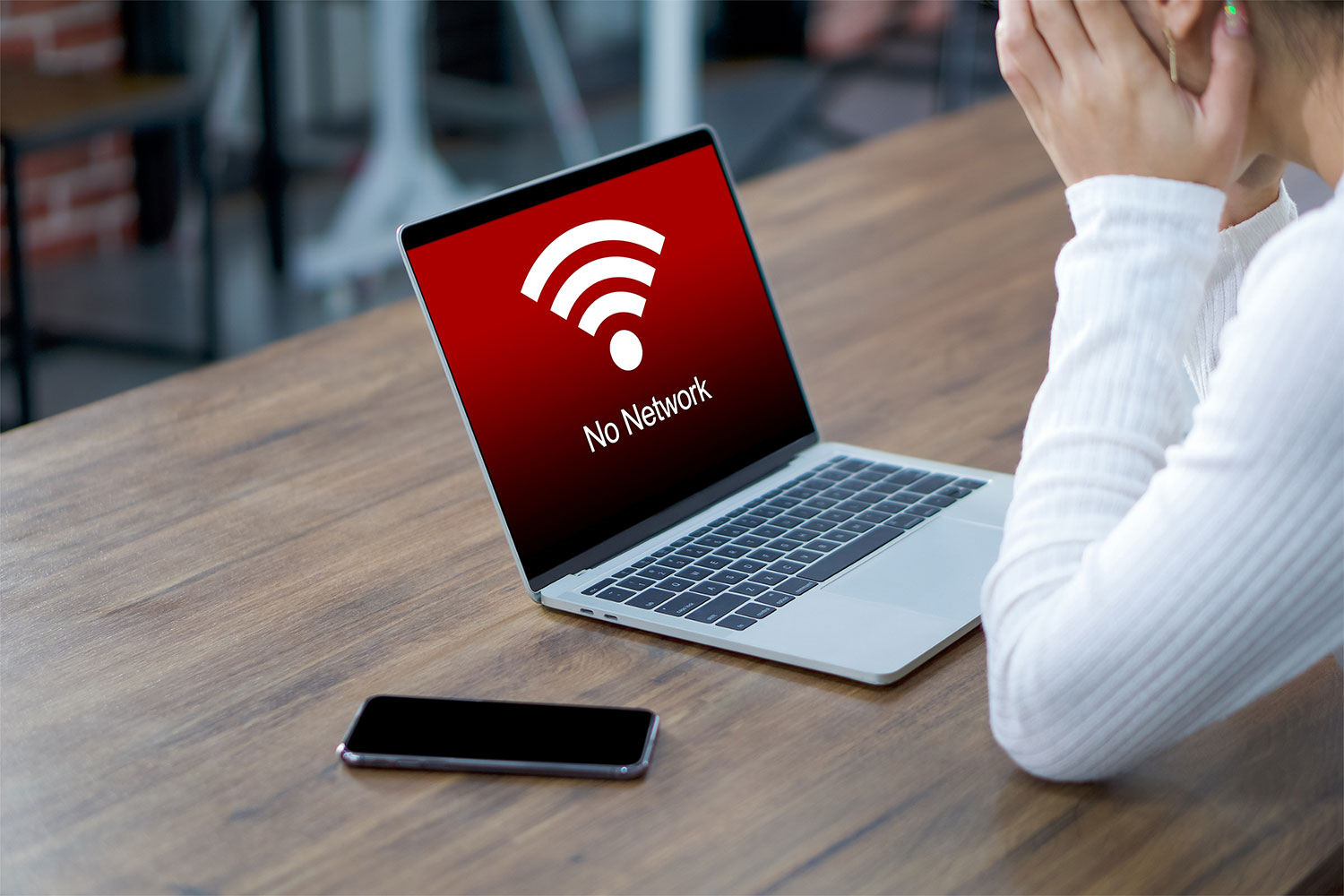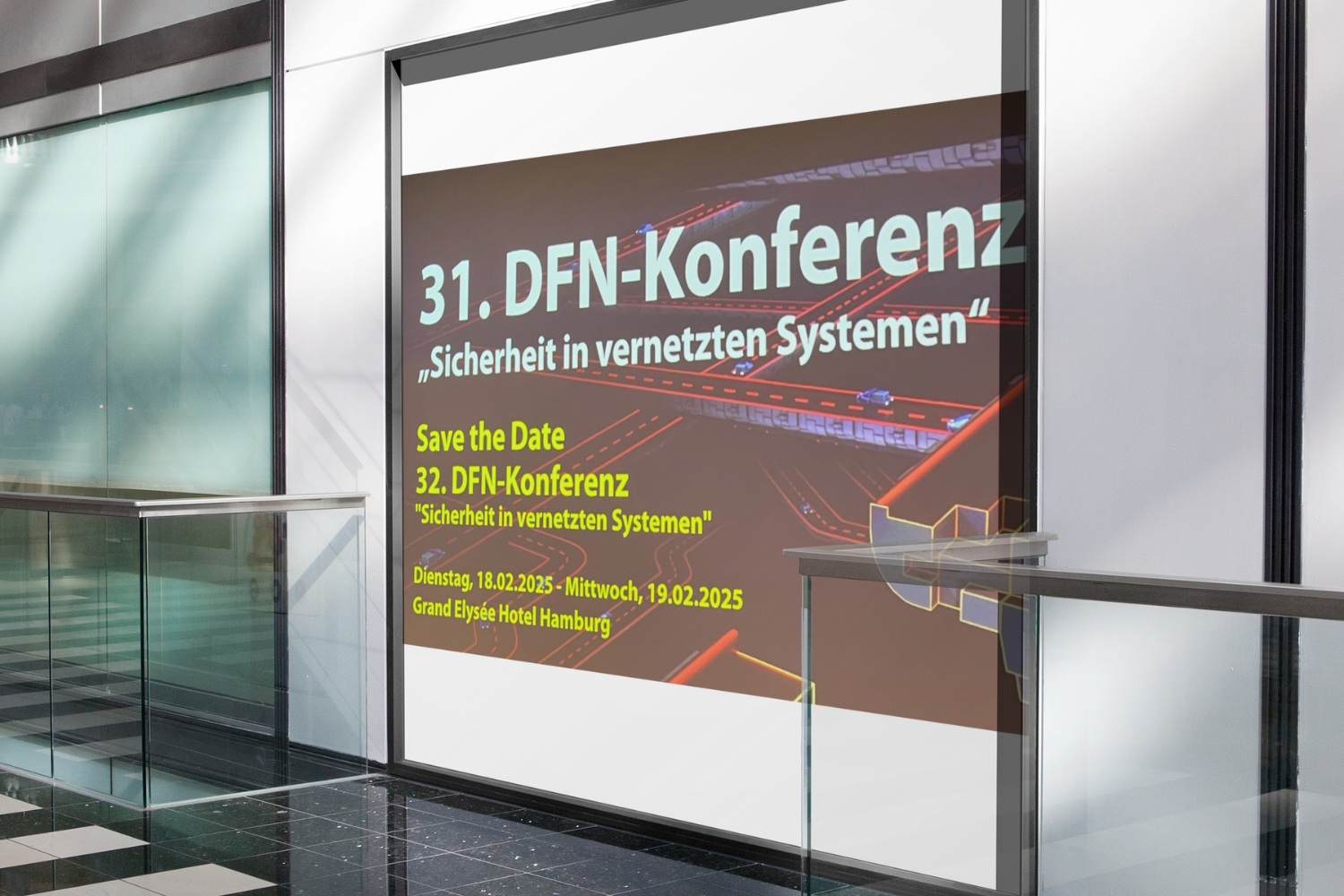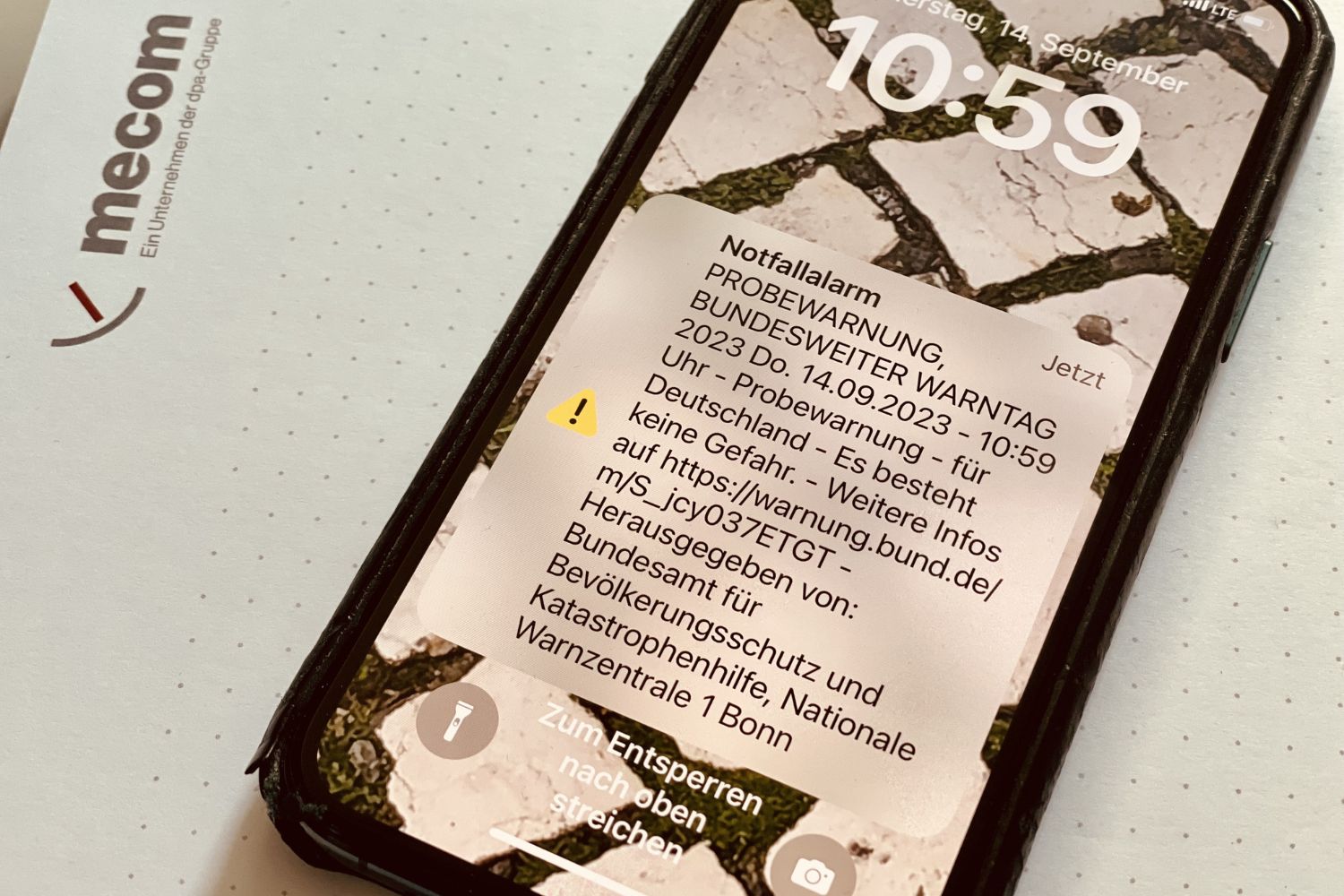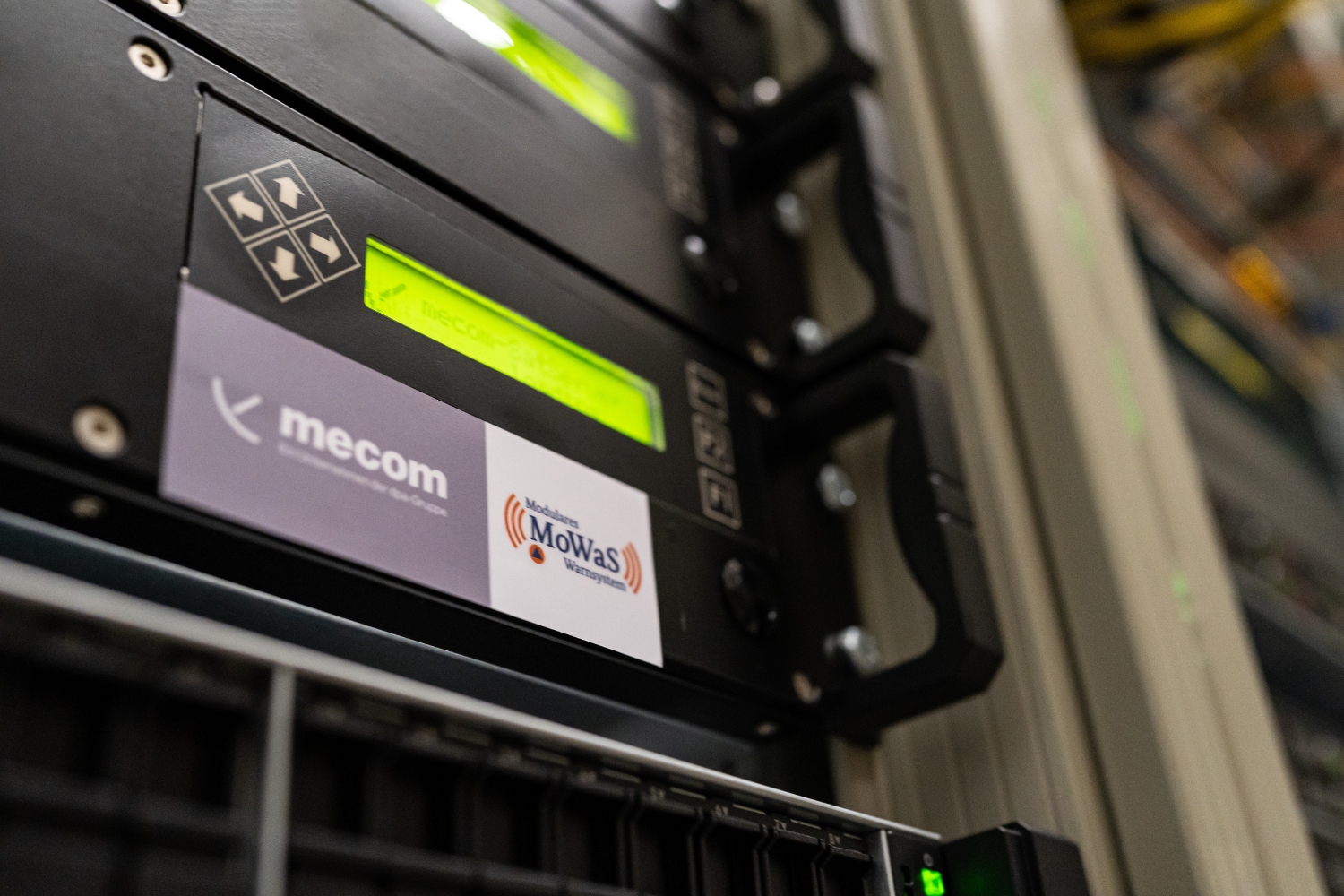When water levels rise, storms rage, or widespread power outages occur, every minute counts. In such extreme situations, the vulnerability of conventional communication channels becomes painfully clear:
LAN and WLAN routers go down with a power outage, mobile networks become congested or fail due to the loss of electricity – all familiar communication channels and devices cease to function.
A striking example is the 2021 flooding disaster in the Ahr Valley. Entire regions were left without mobile service and internet access for days, greatly hampering warning and communication efforts.
That is why an effective warning system needs more than just reach—it requires technological independence from the internet. Only then can the public be reliably alerted, even when conventional networks fail.
In this article, we offer a comprehensive overview of the technologies capable of issuing warnings without relying on the internet. We examine the roles of Cell Broadcast, satellites, radio, and multichannel systems—and explain why true resilience starts with redundancy.
Typical Weaknesses of Internet-Based Warning Systems
Many modern alert solutions rely on digital channels—using apps, push notifications, emails, or cloud-based systems. Although these work well in daily life, they can quickly reach their limits during crises.
1. Power Outage = Network Outage
During severe weather, floods, or large-scale blackouts, the power supply is often the first to fail. Without power, the following systems become inoperative:
– LAN/WLAN routers
– Landline telephones
– Televisions
– Charging devices
– Local data centers
– Terrestrial communication infrastructure
Operators of critical IT infrastructures—such as data centers, telecommunications nodes, or cloud platforms—are also affected. Although many of these entities have backup generators, their maximum operating time is usually between 24 to 72 hours, after which widespread failures are likely, especially in prolonged crises or when fuel supplies are disrupted.
2. Mobile Network Overload
In emergencies, thousands of people may simultaneously place emergency calls or attempt to contact loved ones. This sudden surge can overwhelm mobile networks – even if the infrastructure remains intact.
3. Internet Dependence as a Single Point of Failure
Many modern systems are directly or indirectly dependent on the internet. When connectivity is disrupted or lost, not only does communication break down, but the triggering of warning alerts can also be compromised.
4. Digital Exclusions
Not everyone has a smartphone, ample data, or the necessary apps. Particularly vulnerable are older individuals, children, disadvantaged groups, or international visitors who may be insufficiently served by a purely digital warning system.
What Does “Internet-Independent Warning” Mean in Practice?
A robust warning system must operate even when the power is out, mobile networks are congested, or the internet connection is lost. Internet-independent warning means:
⚡ Information is delivered directly to the recipient—even without network access, an app, or on-site power.
Key Technologies Include:
1. Cell Broadcast
– Delivers messages directly via mobile network cells
– Requires no internet, app, or return channel
– Remains functional even in network congestion
2. Satellite-Based Transmission
– Transmits alerts independently of public networks
– Provides protection against power outages, natural disasters, or sabotage
– A core component in modern warning architectures
3. Sirens, Radio, DAB+, Public Displays
– Operate without the internet
– Effective both acoustically and visually
– Can also be controlled via satellite or dedicated networks
4. Multichannel Strategy
– Combines both digital and analog channels
– Utilizes mobile, fixed, visual, and acoustic methods
– Enhances reach and redundancy
Practical Example: Warning Systems That Function Without the Internet
A modern national warning system—such as the one deployed in Germany—illustrates how technological independence from the internet can be achieved:
Architecture:
– A central control platform
– Multichannel capability
– Access via secure government networks
Transmission:
– Satellite relay to mobile network operators, media houses, and siren trigger points
– Operable even when internet or mobile networks are down
– Stand-alone reception stations that function without local power
Resilience Through Backup Power & Redundancy:
– System components are secured through multiple layers of protection, geo-redundancy, and regular testing
– Backup power can sustain operations for 24 to 72 hours
– Alternative manual triggering via satellite phone or microwave links is available
Regular Testing:
The system was last successfully tested on September 12, 2024, during the nationwide Warning Day. Such tests are conducted annually to ensure reliability.
[German Federal Government Warning Day 2024]
Conclusion & Outlook
Crises brutally expose the limits of our current systems. While warning apps and online services are useful under normal conditions, they often fail during blackouts.
What truly matters is what remains functional:
– Cell Broadcast
– Satellite communication
– Sirens & radio
– Multichannel capability
For those responsible in government, enterprise, or infrastructure sectors, a warning system must not rely solely on digital connectivity. Resilience means being able to operate independently during emergencies.
Let’s work together to make your warning infrastructure resilient.
Whether you are a public agency, a critical infrastructure operator, or a corporation, we bring technical expertise and extensive experience in Cell Broadcast, satellite communication, and multichannel systems.
Contact us now for a warning system that stands the test of crisis.

